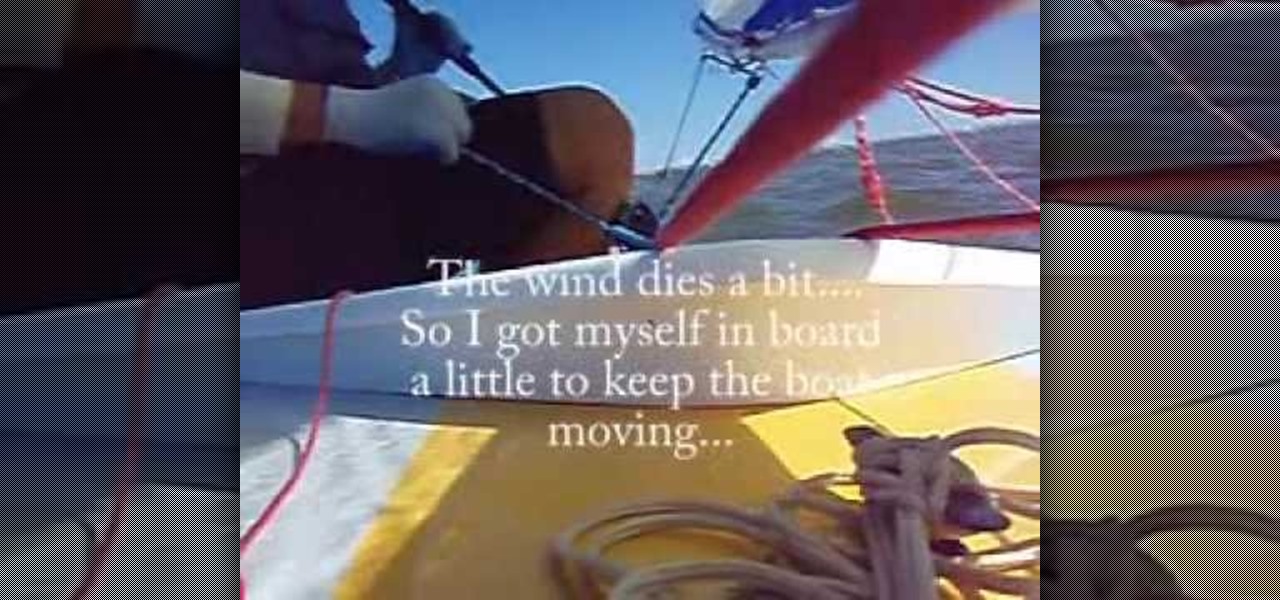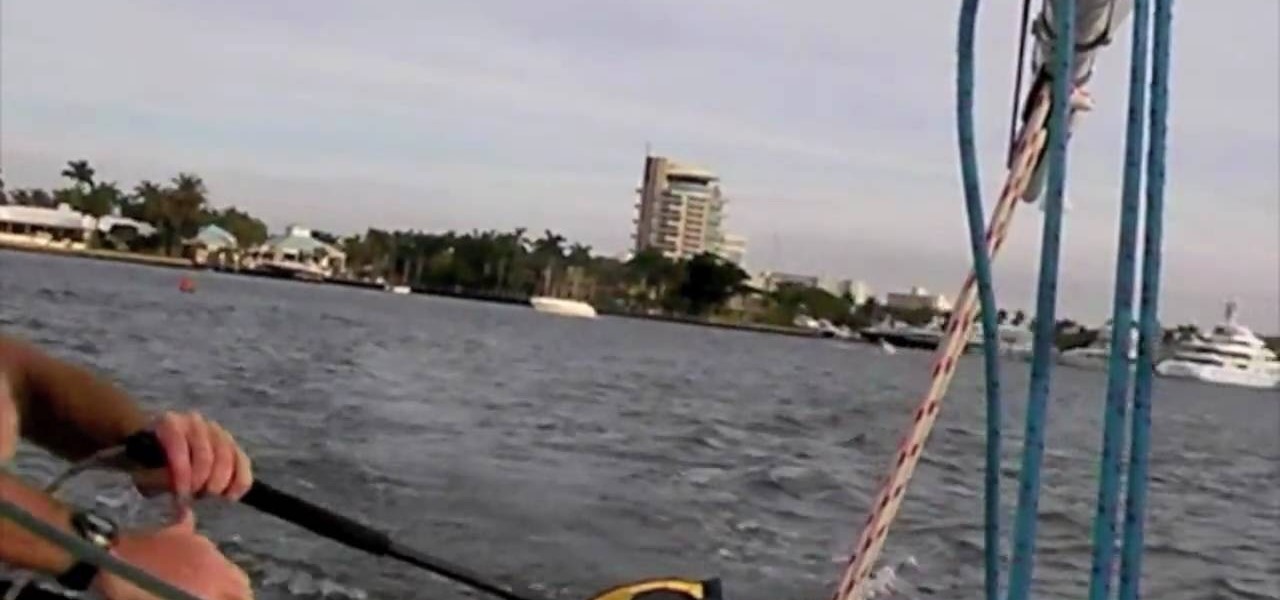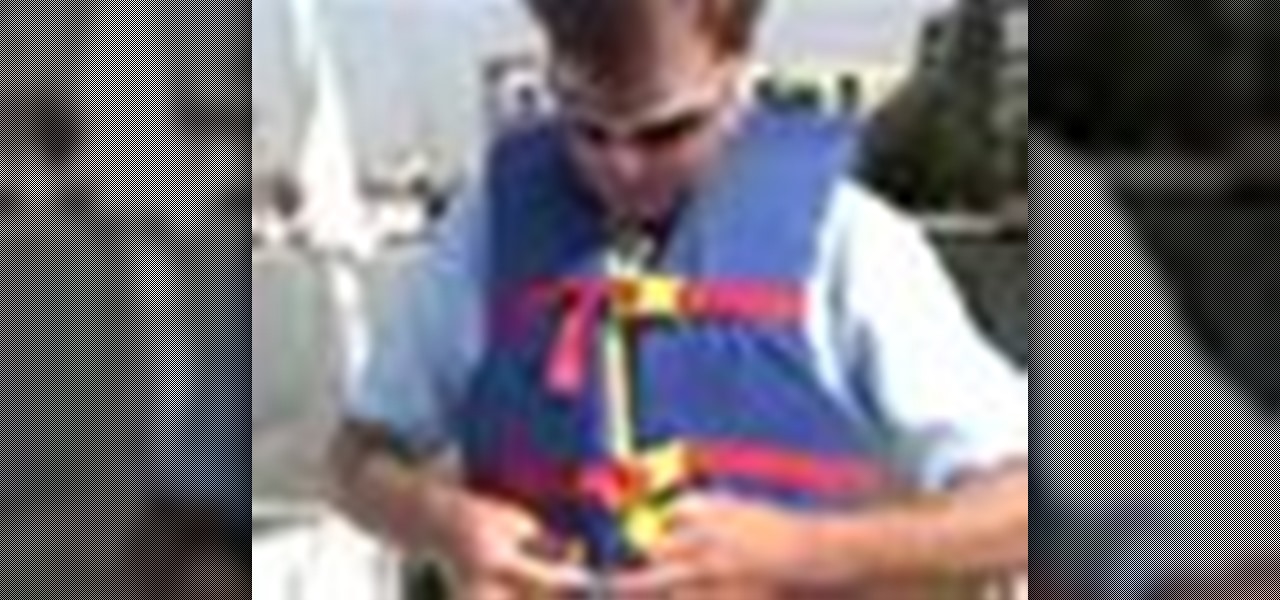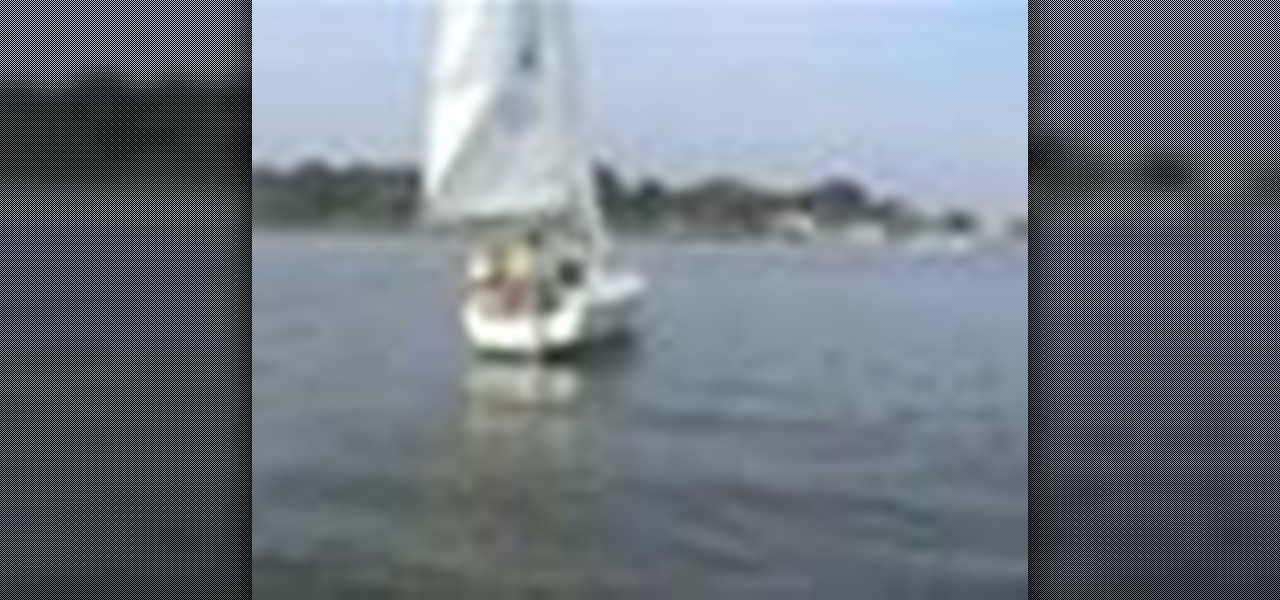Everything Else

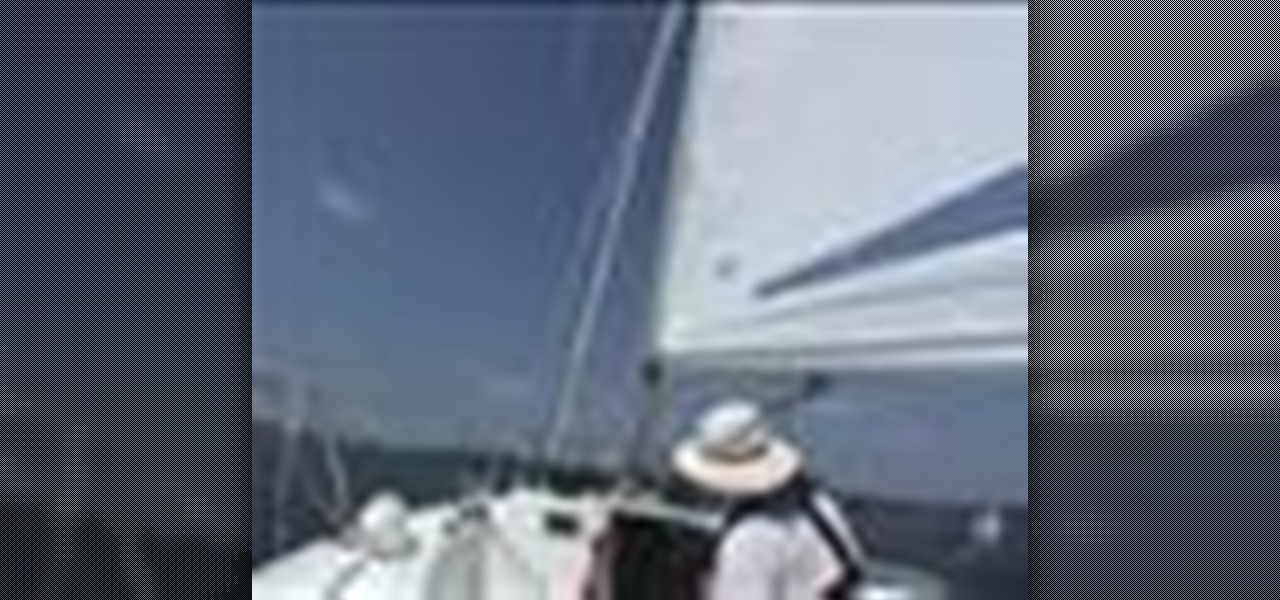
How To: Roller furl the jib when sailing
This video shows roller furling of a jib in 5 knots of wind. Mild tensing is kept on the jib's sheet to enable the jib to warp tightly around the headstay. In high wind conditions, this is best done in a deep running reach. The mainsail will tend to shield the jib from the wind. This will prevent excess luffing of the sail and make furling easier. In a pinch, you can always let the jib out, by loosening it's sheet and roll in the jib, but in high winds excess luffing may occur and this can da...

How To: Flake the mainsail when sailing
Taking down the mainsail is also called flaking the mainsail over the boom. The mainsail is lowered and laid side to side over the top of the boom. Sail ties are then placed to secure the sail. The sailboat should be pointed into the wind or the mainsail will be blown off the boom. If there is significant wind, the mainsail's sheet should be loosened and the mainsail doused. It can then be flaked once the sailboat is at anchor or docked at port. Flake the mainsail when sailing.

How To: Use a forward spring line when sailing
A forward spring line is placed from the stern of the sailboat to the dock. In reverse gear, the sailboat is slowly backed. The spring line prevents the backward motion of the boat and swings the bow away from the dock. One may also use the rudder to vary the direction of boat thrust, to aid in holding the boat to or in swinging the boat away from the pier. Once clear, the line is released and the boat is placed in forward gear and steered away from the dock. This video shows a US SAILING Bas...

How To: Coil a line in sailing
As you coil a rope, place a slight twist in the line to flatten the coils. Near the end of the line, wrap the line three times or more around the coils. Form a loop in the end of the line and pass it between the coils. Now you can either pass the end of the line through the loop to allow the coiled line to be hung for storage or pass the loop over the top of the coil to allow the coiled line to be stored in a compartment. Coil a line in sailing.
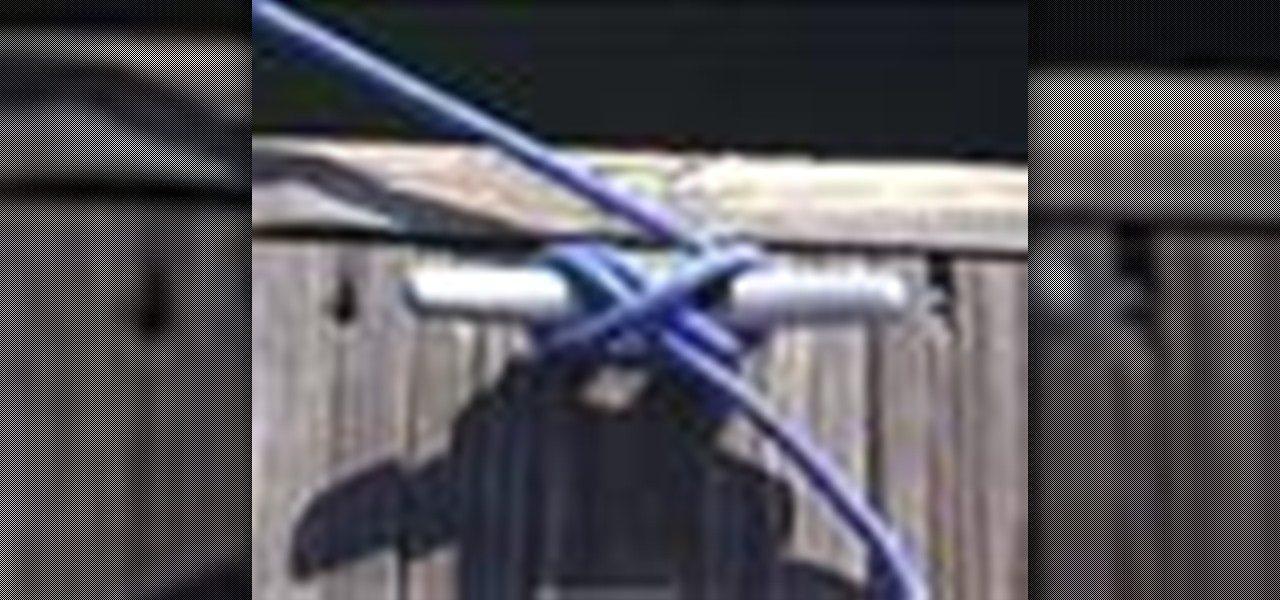
How To: Apply a cleat hitch knot
A cleat hitch is used to attach a line to a horn cleat. It is often used to secure a boat to a docking platform. Apply a cleat hitch knot.
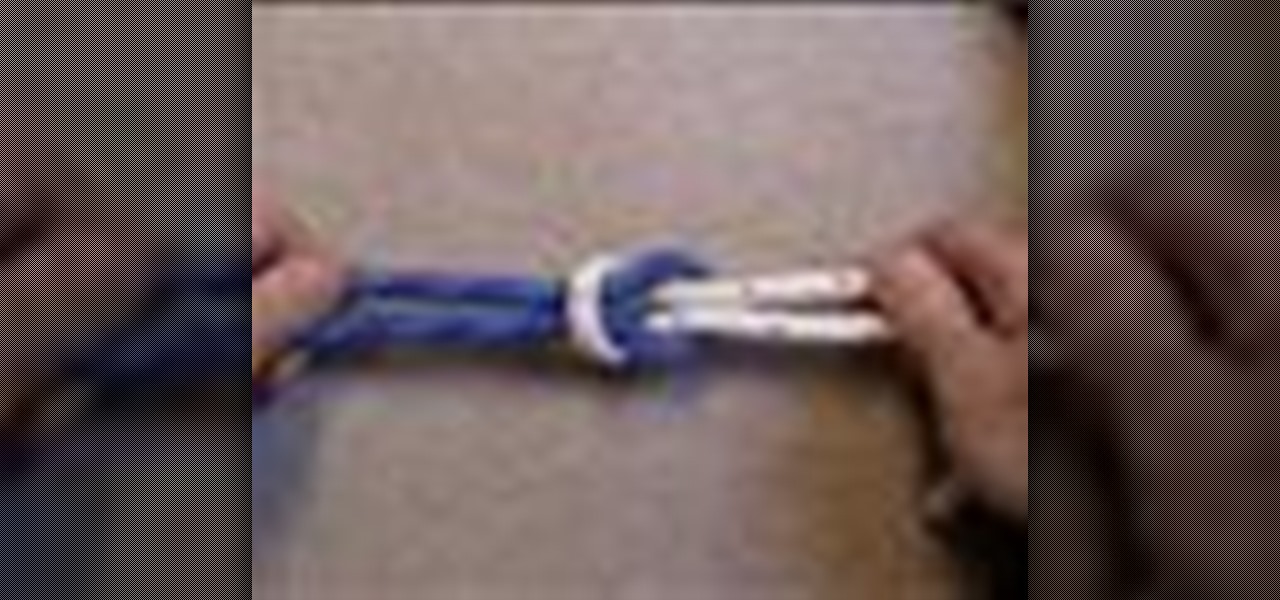
How To: Tie a square knot with two ropes
A square knot is used to tie two lines (ropes) together that are of a similar size. The two ends of the line which carry the load are on the same side. This knot is also called a reef knot. Tie a square knot with two ropes.

How To: Tie a sheet bend knot
A sheet bend is used to tie two lines (ropes) together that are the same or different sizes. If lines of different sizes are used, the thicker or stiffer line forms the open loop, and the thinner or more flexible line (white line) passes through the open loop, around the back and is tucked underneath itself. Tie a sheet bend knot.
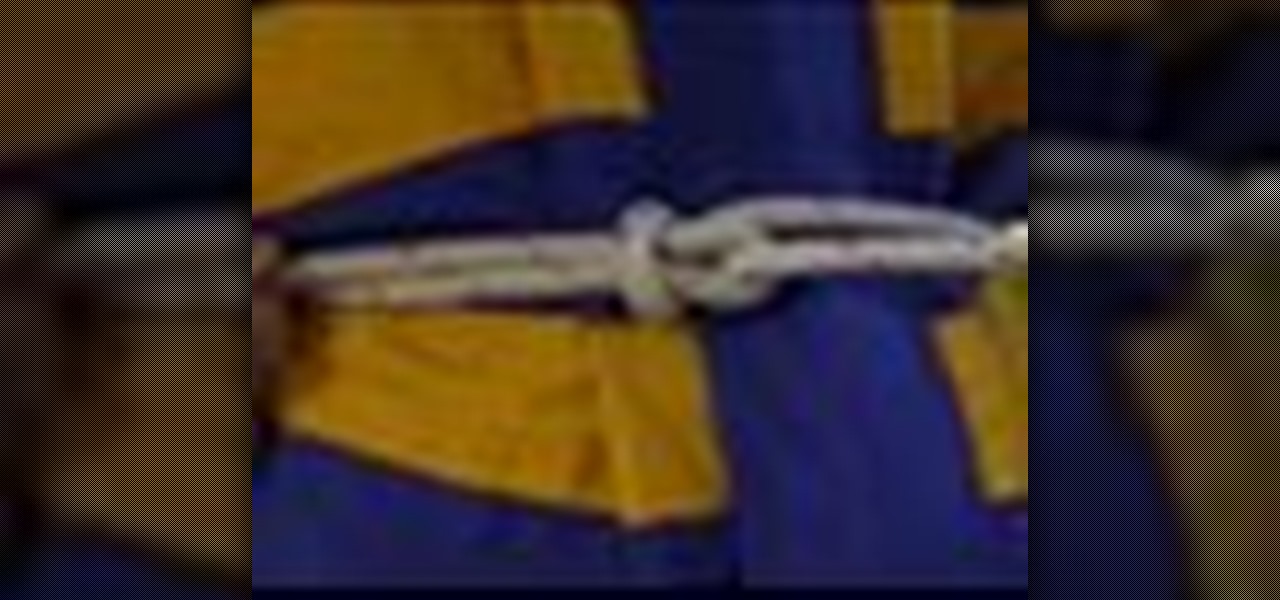
How To: Tie a bowline waist knot
A bowline knot can be used to secure a line to a person overboard. Tie a bowline waist knot.

How To: Tie an anchor bend or fisherman's bend knot
A Fisherman's Bend is used to attach a line to a pole. It is sometimes called an anchor knot because it is also used to secure the rode to an anchor. Tie an anchor bend or fisherman's bend knot.
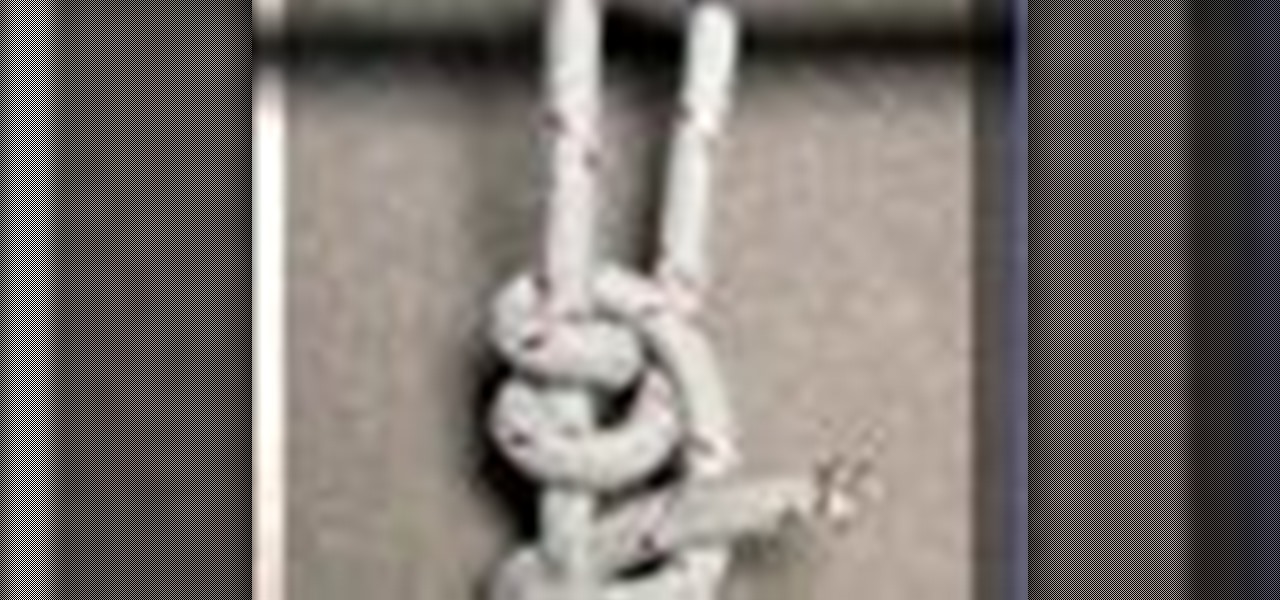
How To: Tie a taut line hitch knot to attach a line to a pole
A taut line hitch knot is used in sailing to attach a line to a pole. Tie a taut line hitch knot to attach a line to a pole.

How To: Tie a bowline on a bite knot
This knot is used to make a pair of fixed loops in the middle or at the end of a line. This is a strong knot and can be used in overboard rescue, as a towing bridle and in a pinch, even to make a boatswain's chair to be used to ascend the mast. Tie a bowline on a bite knot.

How To: Tie a carrick bend knot
A carrick bend is also called a "sailor's knot" and can be used for tying two heavy lines ( i.e. towing hawsers and cables ) together. Tie a carrick bend knot.

How To: Tie a sheetbend rope knot
This may be an alternative to the traditional sheetbend knot, but it works. Try it out-- it's best used to connect two ends of rope together for a strong hold.

How To: Deal with flaking lines on your boat
Tips for dealing with flaking lines. Good for both single handing and strong winds. Deal with flaking lines on your boat.

How To: Operate a windless for your boat anchor
Learn about different types of windless. Help you determine which one is right for your boat and how to use them. Operate a windless for your boat anchor.

How To: Dock your boat
Graphical animations show you to dock twin screw and single screw vessels. Additional tips for all skippers who face the stomach churning tasks of bringing their pride and joy into dock. Dock your boat.

How To: Tie rope knots
Daniel Schieffelin shows us how to tie rope knots in this series of videos. Part 1 of 17 - How to Tie rope knots.



